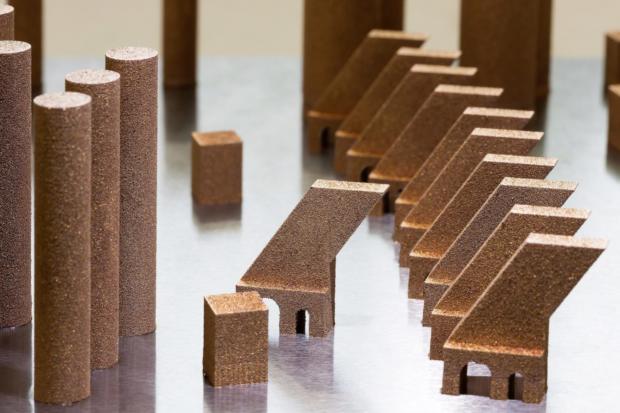
Breaking News
 Your body has a hidden reset button that most people never use.
Your body has a hidden reset button that most people never use.
 A Simple Way to Grow Fresh Greens Indoors
A Simple Way to Grow Fresh Greens Indoors
 Windows 10 is DEAD in 2025? -- Here's How I Run It SAFELY Forever (No Updates)
Windows 10 is DEAD in 2025? -- Here's How I Run It SAFELY Forever (No Updates)
Top Tech News
 HUGE 32kWh LiFePO4 DIY Battery w/ 628Ah Cells! 90 Minute Build
HUGE 32kWh LiFePO4 DIY Battery w/ 628Ah Cells! 90 Minute Build
 What Has Bitcoin Become 17 Years After Satoshi Nakamoto Published The Whitepaper?
What Has Bitcoin Become 17 Years After Satoshi Nakamoto Published The Whitepaper?
 Japan just injected artificial blood into a human. No blood type needed. No refrigeration.
Japan just injected artificial blood into a human. No blood type needed. No refrigeration.
 The 6 Best LLM Tools To Run Models Locally
The 6 Best LLM Tools To Run Models Locally
 Testing My First Sodium-Ion Solar Battery
Testing My First Sodium-Ion Solar Battery
 A man once paralyzed from the waist down now stands on his own, not with machines or wires,...
A man once paralyzed from the waist down now stands on his own, not with machines or wires,...
 Review: Thumb-sized thermal camera turns your phone into a smart tool
Review: Thumb-sized thermal camera turns your phone into a smart tool
 Army To Bring Nuclear Microreactors To Its Bases By 2028
Army To Bring Nuclear Microreactors To Its Bases By 2028
 Nissan Says It's On Track For Solid-State Batteries That Double EV Range By 2028
Nissan Says It's On Track For Solid-State Batteries That Double EV Range By 2028
3D Printing with Copper

Copper is an extremely interesting material due to its conductivity properties and for being highly malleable.
These very same properties hindered its success as a feasible option for 3D printing. However, that has changed.
The most common technique for 3D printing copper is Powder Bed Fusion. It uses electronic beams to melt material powders and "glue" the material. When the temperature drops, the material consolidates together.
The most popular processes of Powder Bed Fusion are known as Selective Laser Sintering (SLS), for plastics, and Selective Laser Melting (SLM), for metals.
Despite SLM being an excellent printing process for many metals, there was a particular challenge when it came to 3D printing with copper.
The conductivity properties of the material cause the heat of the electronic beams to be reflected instead of absorbed.
Another reoccurring problem was the fact that the printed part would crack when the temperature would drop too fast and/or too low.

 What MAGA is focused on
What MAGA is focused on Carbon based computers that run on iron
Carbon based computers that run on iron

